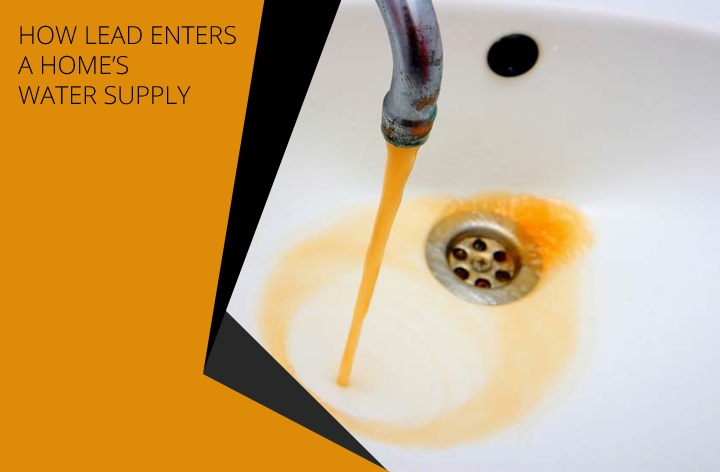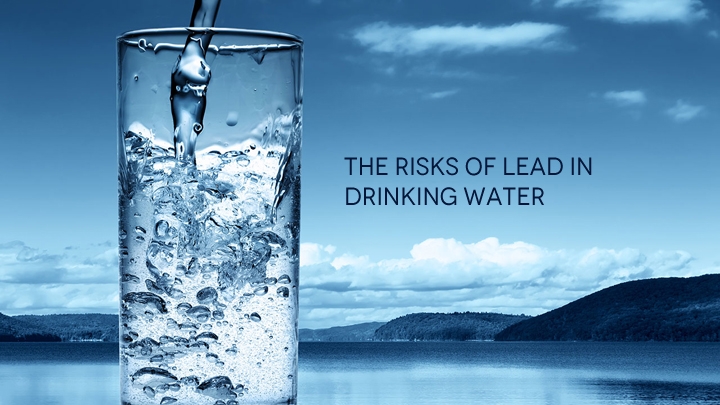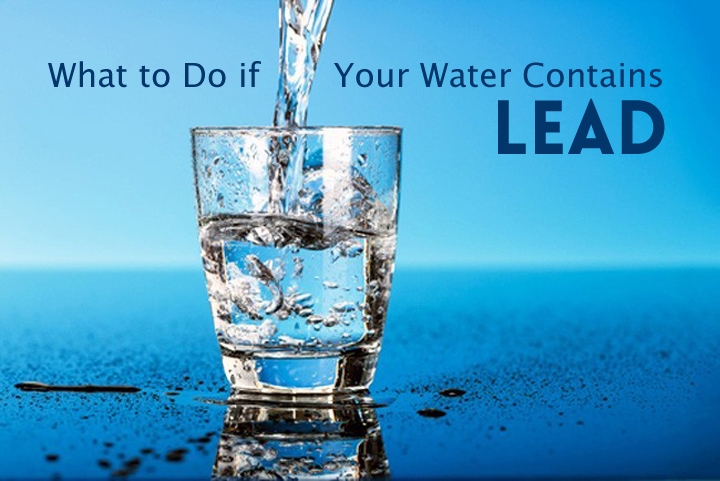With the water crisis in Flint, Michigan, people all over the country have suddenly become cognizant of the fact that clean drinking water is not a guarantee – even in a first world nation like the United States. But is lead contamination a serious issue in areas outside of Flint?
How Lead Enters a Home’s Water Supply

How does lead enter your home’s water supply? The most common culprits are lead plumbing materials, which include things like pipes, faucets fittings, and even the solder that holds these elements together.
In areas where water has low mineral or high acid content, water sitting in pipes can lead to corrosion. This corrosion releases trace amounts of lead into the water that then feeds drinking faucets and showers.
“While homes built before 1986 are the most likely to have lead plumbing, it can be found in newer homes as well. Until two years ago, the legal limit for ‘lead-free’ pipes was up to 8% lead,” CNN’s Sandee LaMotte reports. “As of January 1, 2014, all newly installed water faucets, fixtures, pipes and fittings must meet new lead-free requirements, which reduces the amount of lead allowed to 0.25%. But that doesn’t apply to existing fixtures, such as what is found in many older homes and public water suppliers.”
The Risks of Lead in Drinking Water

What’s so dangerous about having a little bit of lead in your drinking water, anyway? Well, the risk lies in the fact that the “amount” has little effect. Lead is a very toxic metal that’s harmful to human health, regardless of the amount. There’s no such thing as a safe level of exposure.
“The degree of exposure depends on the concentration of lead, route of exposure (air, water, food), current medical condition, and age,” says Brian Oram of Water Research Center. “It has been estimated that up to 20 % of the total lead exposure in children can be attributed to a waterborne route, i.e., consuming contaminated water.”
Some of the dangerous side effects related to lead contamination include hearing loss, cramps, irritability, vomiting, fatigue, constipation, trouble sleeping, convulsions, neurological damage, coma, organ failure, and more.
The good news – if there’s such a thing in a situation like this – is that there’s a chance to reverse the course. “Drinking water is only one of the possible routes of exposure to lead contamination, but it is one of the easiest routes of contamination to reduce,” Oram assures families. “The primary route for lead poisoning in drinking water is not old contamination of the water by leaded fuels, old batteries or some hazardous waste site, the primary route is the distribution system used to carry water to your home and more importantly the plumbing within your home.”
Hot to Tell if You’re at Risk
The scary part about lead in drinking water is that you may not immediately know that your water is contaminated. This means you could be unknowingly drinking toxic water and putting your family at risk. So, how do you find out if you’re at risk?
The first step is to contact your local municipal water supplier. They should be able to give you documentation that shows the levels of contaminates they last found during mandatory testing. LaMotte says the EPA wants action level of 15 parts per billion or less.
While your local municipal water supplier can give you a read on whether or not the county’s water supply is contaminated prior to entering your home, you also need to figure out if lead is seeping into your water after entering your own plumbing system.
Thankfully, it’s possible for you to test your own water quality very easily. You can order your very own water testing kit and quickly determine your own readings. If you’d rather someone else review your numbers, you can take some water samples and then send them off to a laboratory for analysis. (Though we should note that it’s actually very easy to test water quality on your own with our accurate test kits.)
What to Do if Your Water Contains Lead

What should you do if you find unhealthy amounts of lead in your water supply? Well, the first step is to remain calm. You should be thankful that you caught the problem now, rather than a few years down the road. After quelling your fears, here are some tangible and practical steps to take:
- Run Your Taps
Contrary to popular belief, boiling your water will not remove lead. Actually, because some water evaporates during boiling, lead concentration can actually increase slightly after boiling. One thing you can do is run cold water through faucets for three to five minutes before using water to drink or cook. This ensures you aren’t consuming water that was sitting in corroded pipes. (Note: Never run hot water through pipes.)
- Drink Bottled and Filtered Water Only
Ideally, you should only drink bottled and filtered water. But do your research and make sure you’re choosing the right products. Many bottled waters are nothing more than tap water with labels. Furthermore, some filters don’t block out lead.
- Contact Your Family Doctor
It’s a good idea to contact your family doctor and have every member of the household’s blood checked specifically for lead. This will let you know if you have any major health issues that need to be dealt with.
- Contact a Certified Plumber
Finally, contact a licensed plumber to look at your pipes and let you know if they’re in need of replacing. In most cases, certain parts of the piping will need to be replaced with copper lines. In extreme cases, your entire system may have to be gutted.
Purchase a Home Water Testing Kit Today
At TestAssured, we believe that every family has a right to know what’s in their drinking water. That’s why we focus on providing high-quality water analysis test kits that are cost-effective and easy to use. For more information on how our tests work and which products you need, please don’t hesitate to contact us today!
